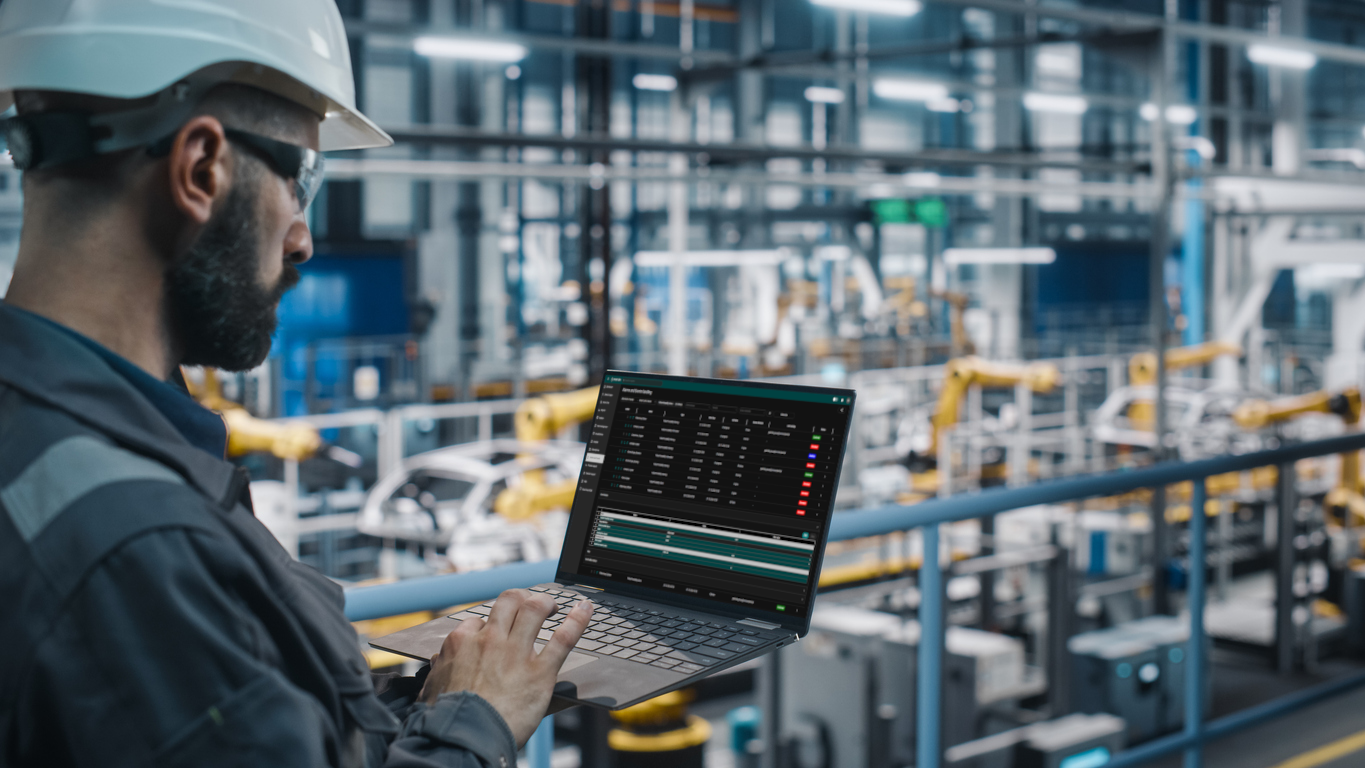Our methodology allows companies to effectively implement a predictive maintenance strategy, eliminating barriers such as difficulties with system integration, data quality and optimization of maintenance processes. Link to methodology.
Predictive Maintenance – why does it matter?
Traditional maintenance approaches, based on reactive and preventive maintenance, generate excessive costs and lead to unplanned downtime. Predictive Maintenance allows you to predict failures based on an analysis of the actual operating conditions of the machines.
This enables more effective maintenance management. Implementing predictive maintenance means reducing the number of breakdowns, extending the service life of equipment and optimizing service schedules.
Predictive maintenance implementation methodology – a systematic approach
Implementing predictive maintenance requires not only technology, but above all a coherent strategy that includes both organizational preparation and integration with existing systems. Our predictive maintenance implementation methodology provides a complete implementation process, including:
- Analyzing the plant’s readiness for implementing Predictive Maintenance – identifying data sources, assessing the quality of information and organizational structure.
- Integrating IT systems – synchronizing data from SCADA, ERP, CMMS and IoT sensors,
- Advanced analytics – predictive modeling, trend analysis and anomaly detection.
- Optimization of maintenance schedules – reduction of unnecessary service interventions, minimization of the risk of downtime.
- Continuous monitoring and adjustment of the system – iterative improvement of analytical models and maintenance procedures.
The implementation methodology of Predictive Maintenance has been designed in such a way that it can be applied both in companies with an extensive digital infrastructure and in plants where access to data is limited.
What are the benefits of Predictive Maintenance?
When implemented correctly, Predictive Maintenance can help companies significantly improve their OEE (Overall Equipment Effectiveness). An OEE of 60-80% indicates stable processes, but still leaves room for optimization. Companies that achieve over 85% OEE are usually organizations with a high degree of automation and advanced digitization.
Implementing predictive maintenance can increase OEE by 5–15%, depending on the organization’s starting level. If a company generates 300 million PLN in annual turnover and the profit is 10%, each additional percentage point of OEE translates to approximately 0.5 million PLN in additional profit.
A minimum increase of 5% means an additional 2.5 million PLN in annual revenue. For plants that start at an OEE level of 50%, the potential for growth is even greater, although this often requires prior improvement of data quality and digitization of processes.
A new standard in maintenance
We believe that Predictive Maintenance will become the leading standard in maintenance, helping companies achieve better performance and operational reliability. We invite you to contact us and work with us to implement modern predictive maintenance solutions.
For more information on Predictive Maintenance, please visit: Predictive Maintenance | A strategy tailored to the needs of your company – Connectpoint
